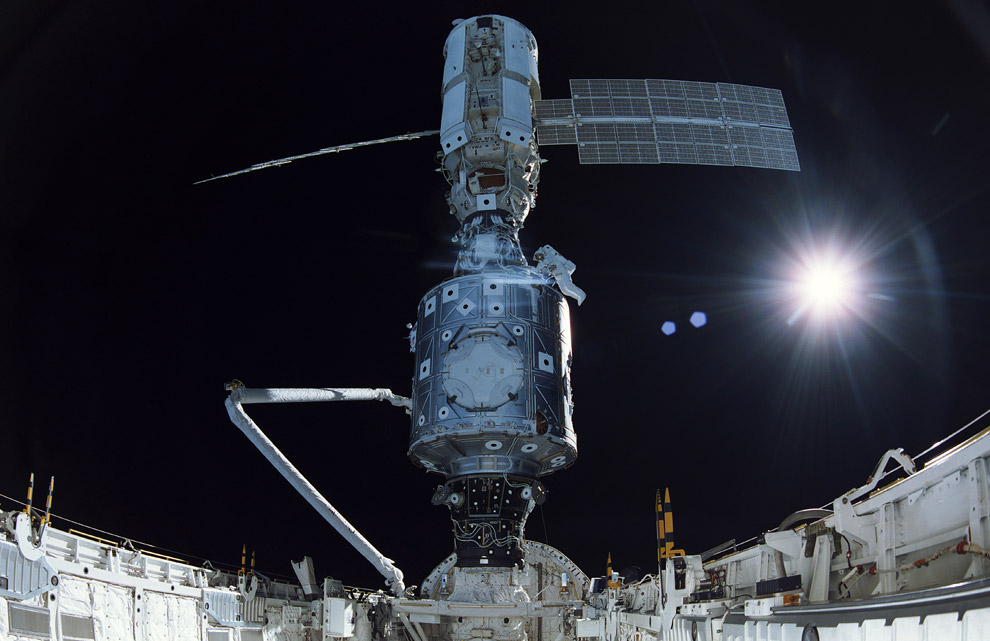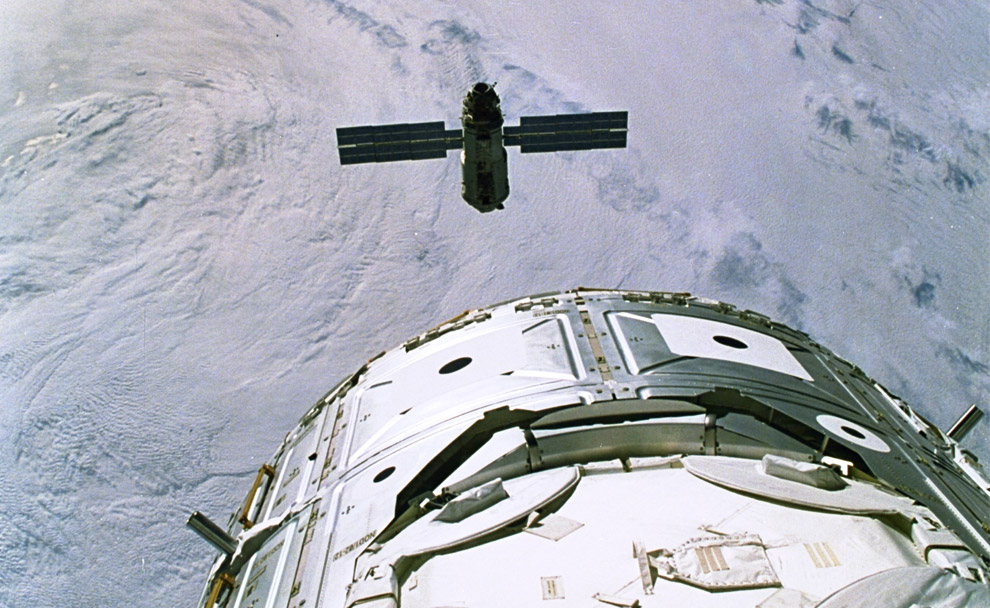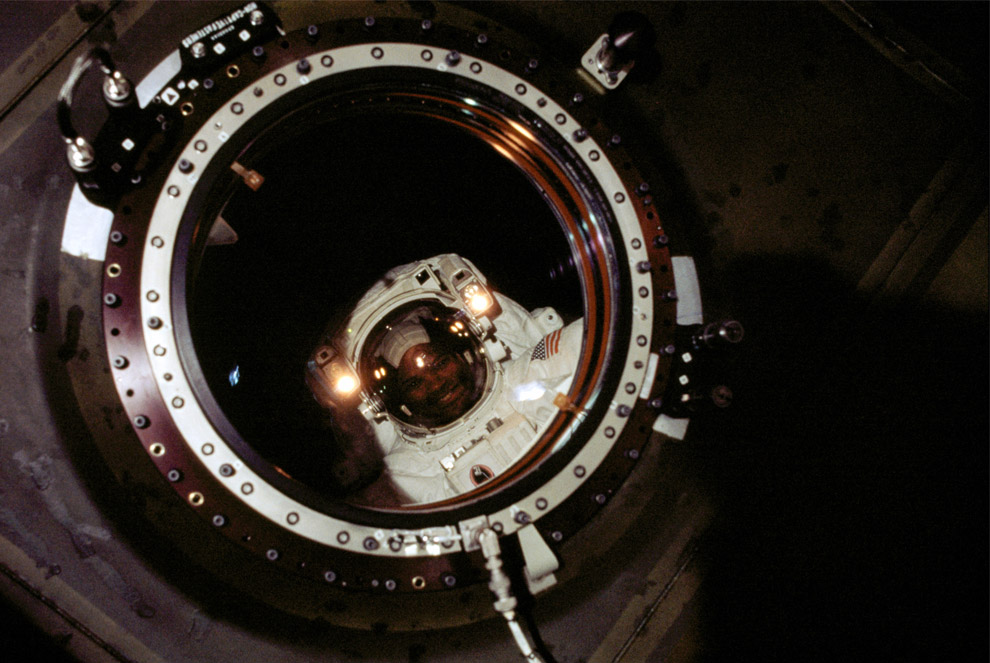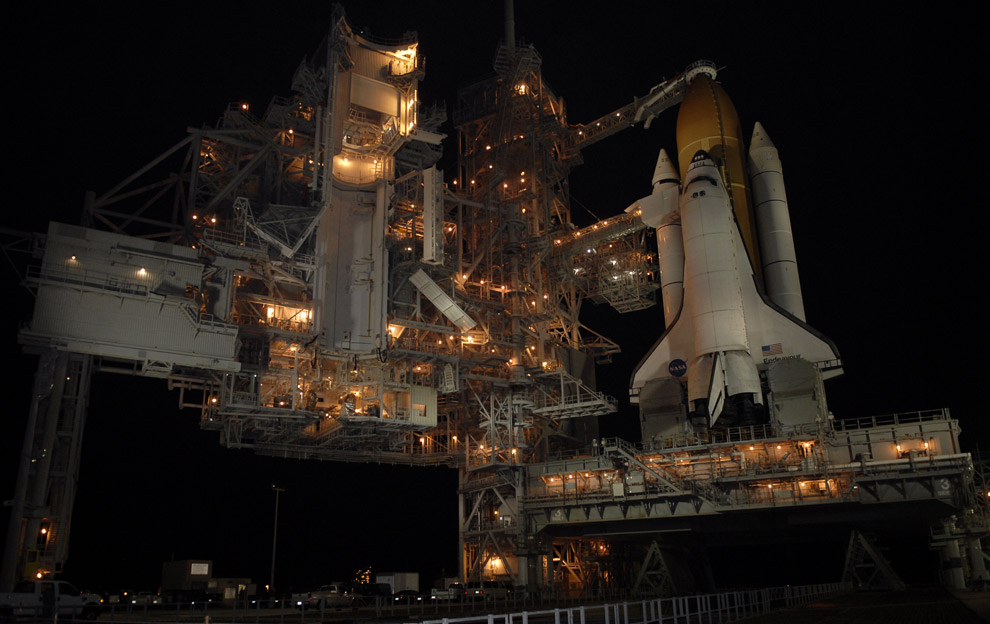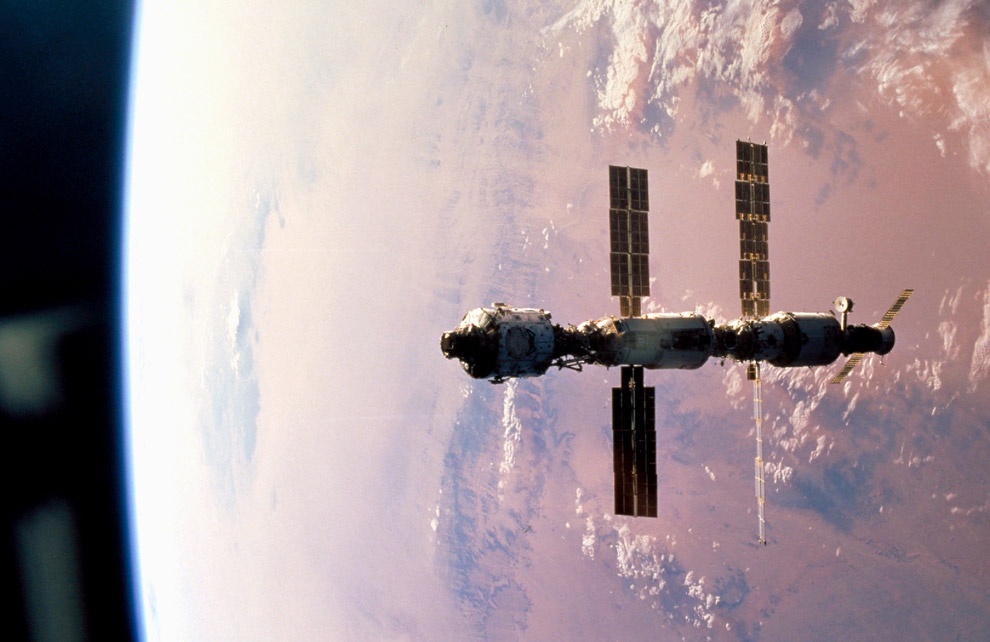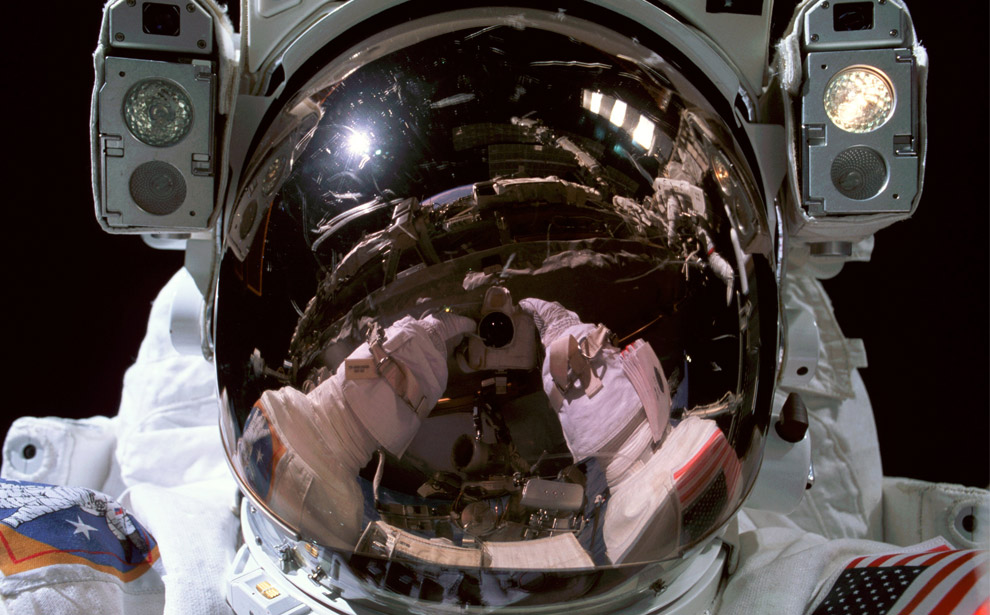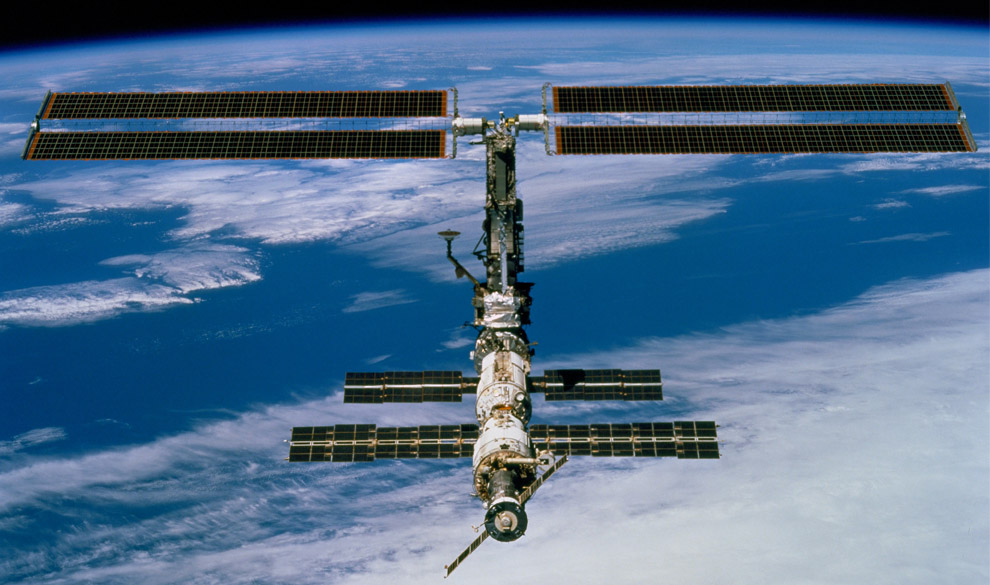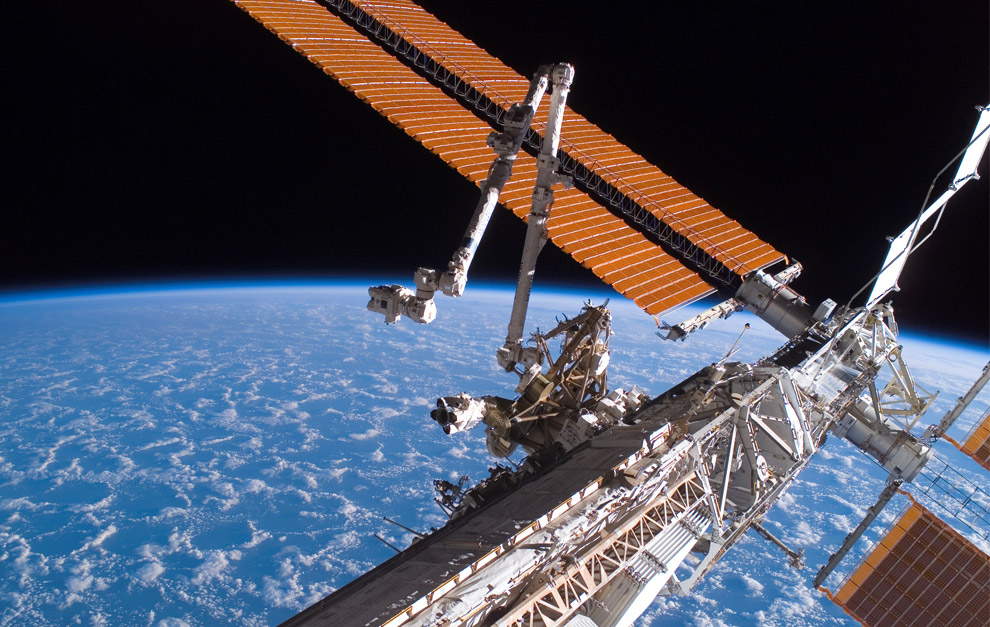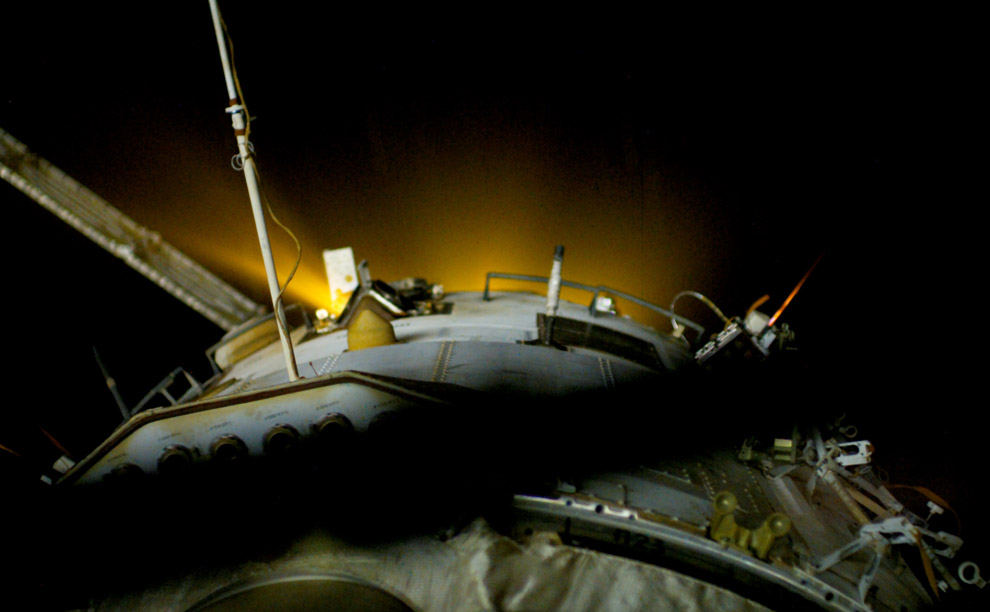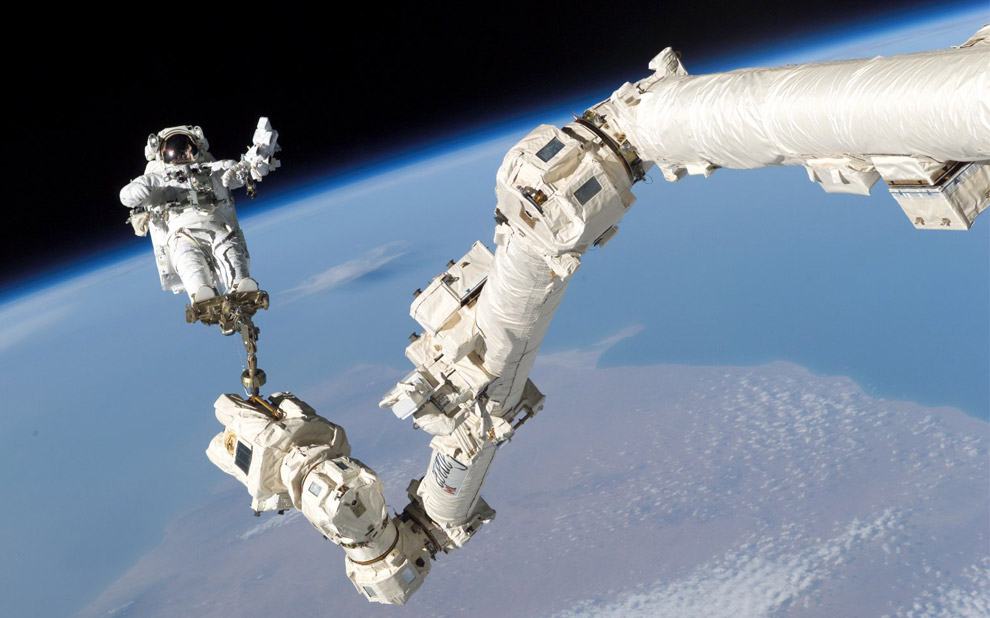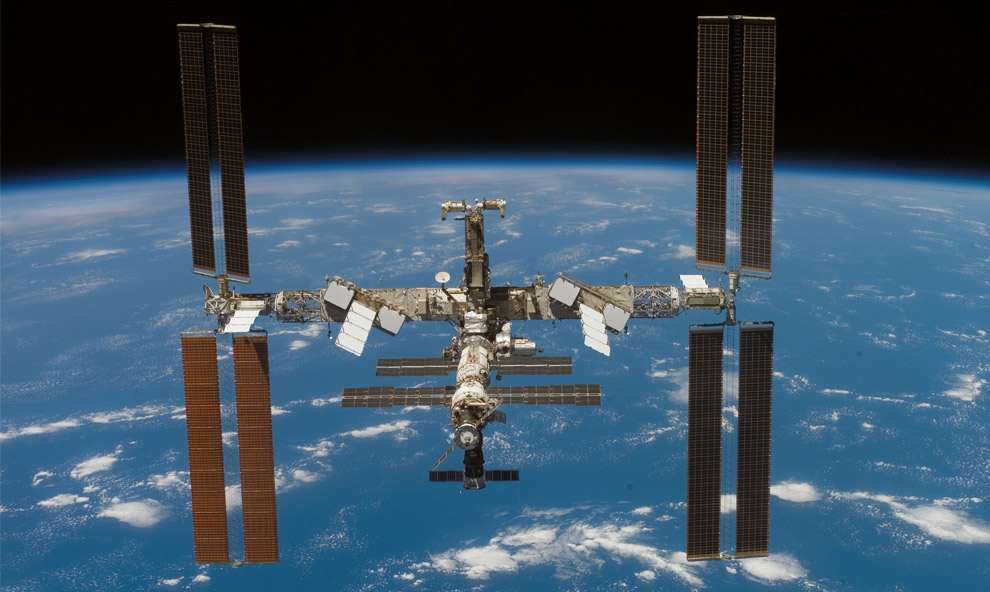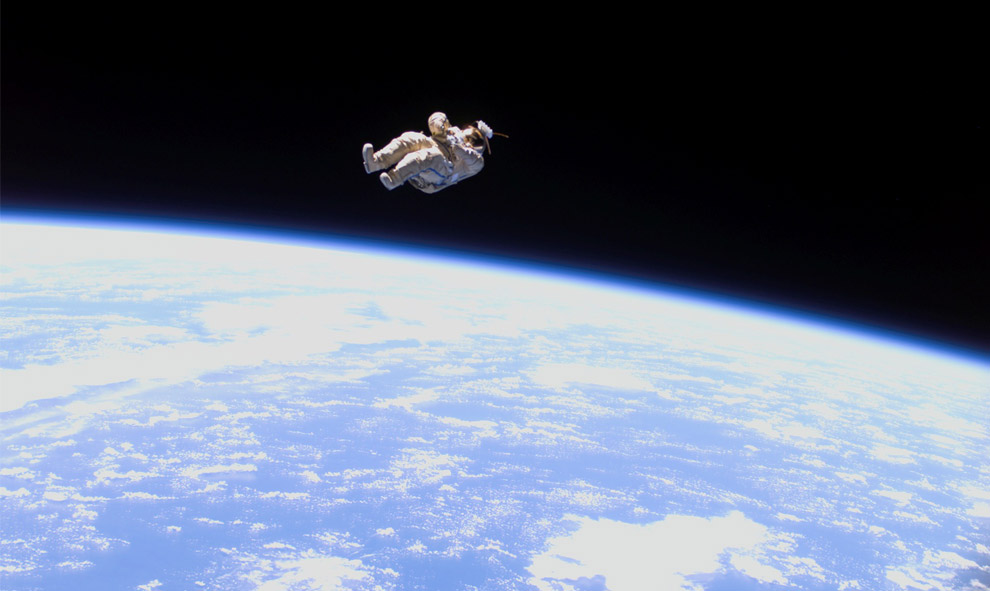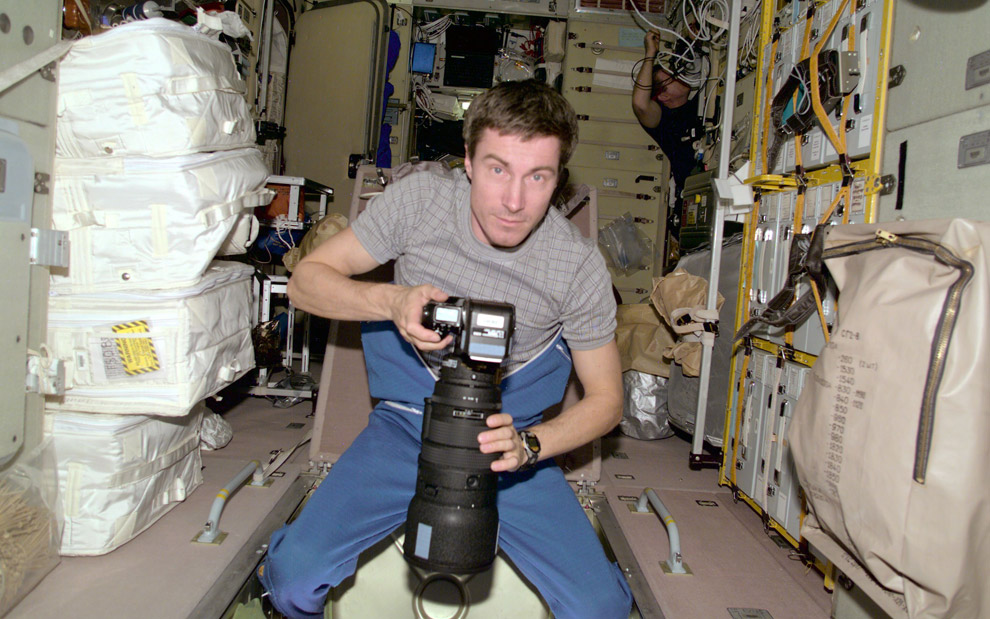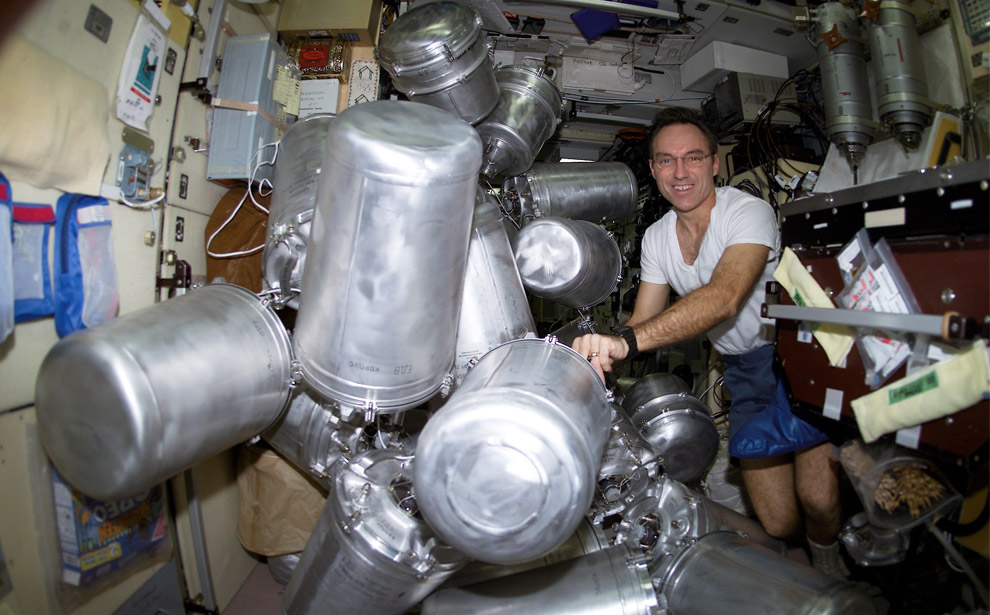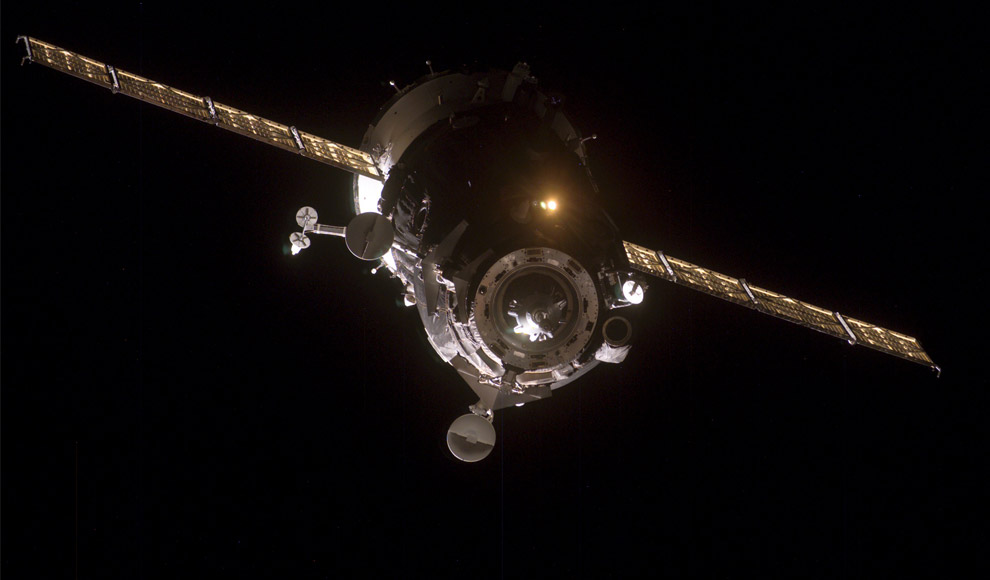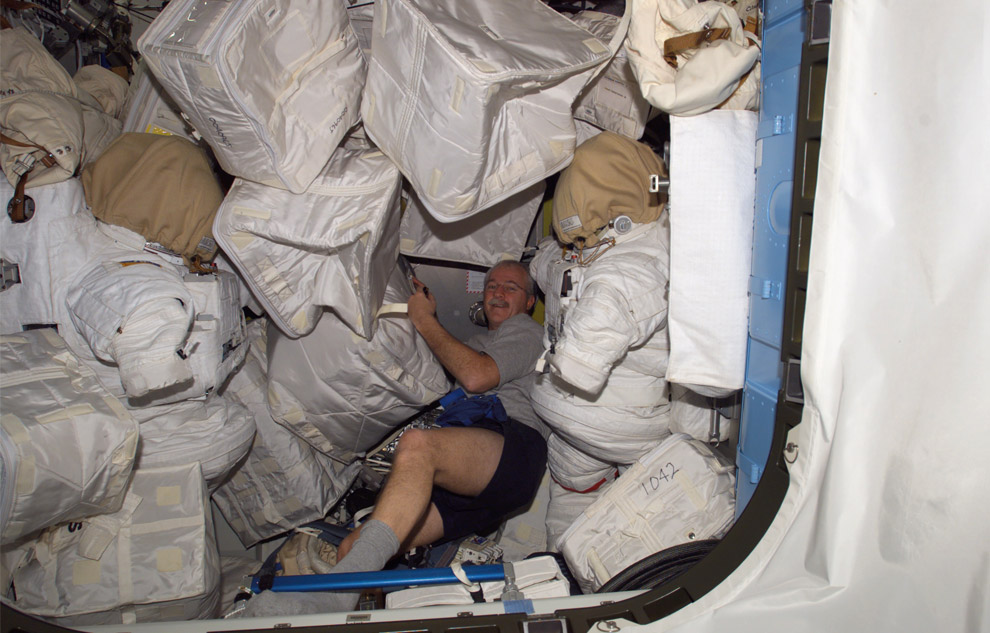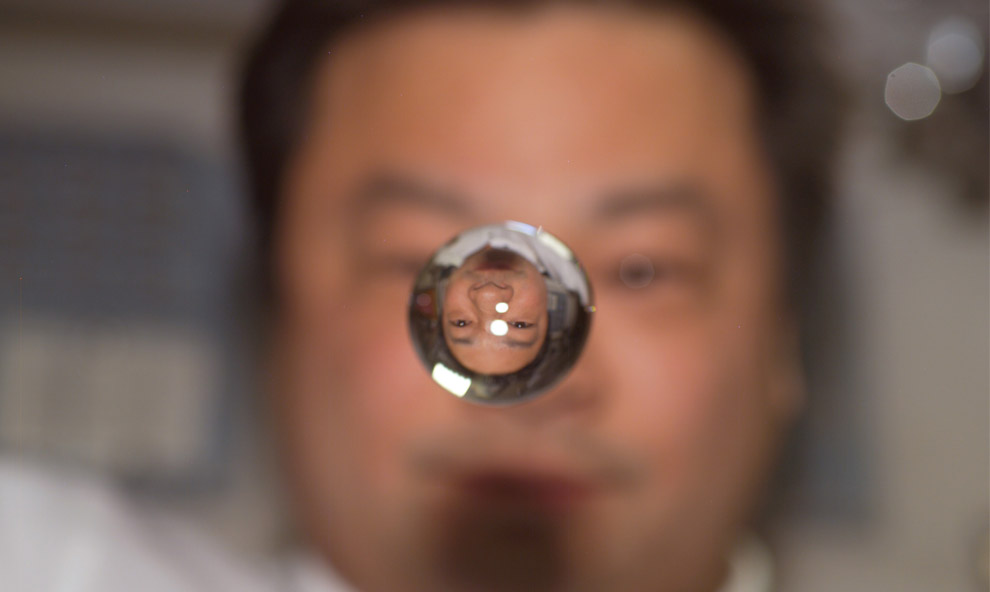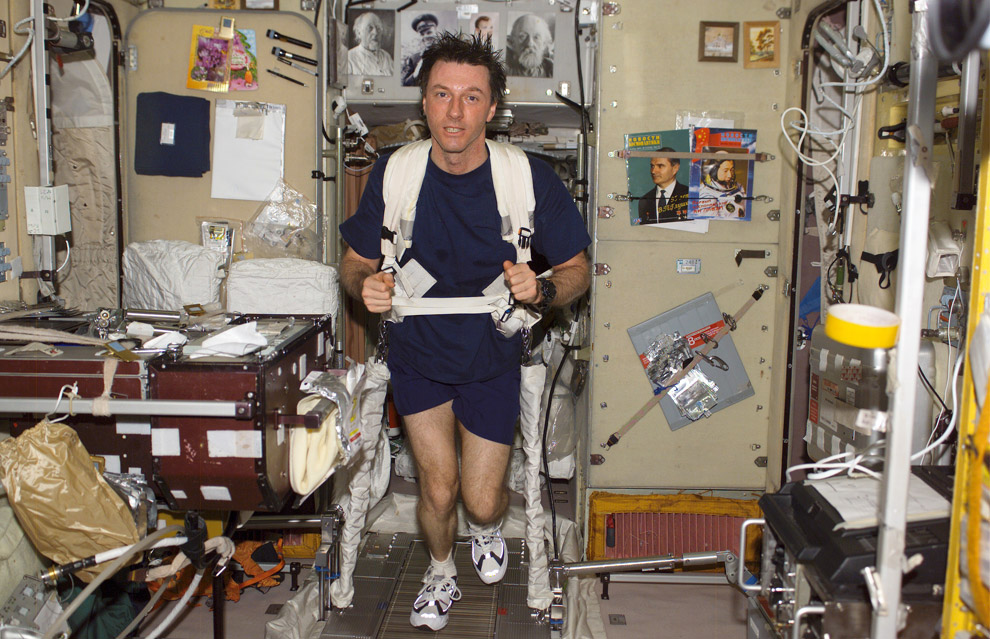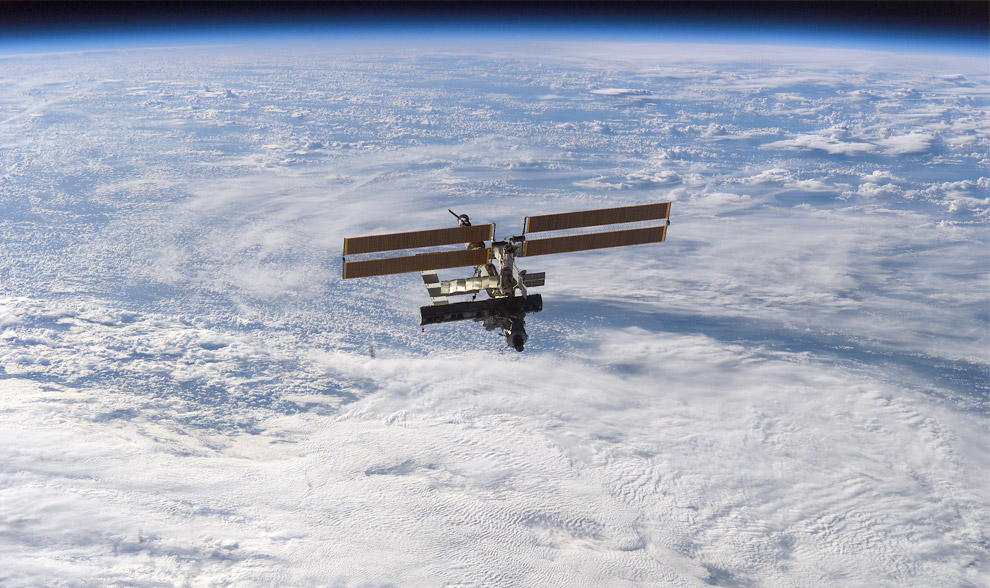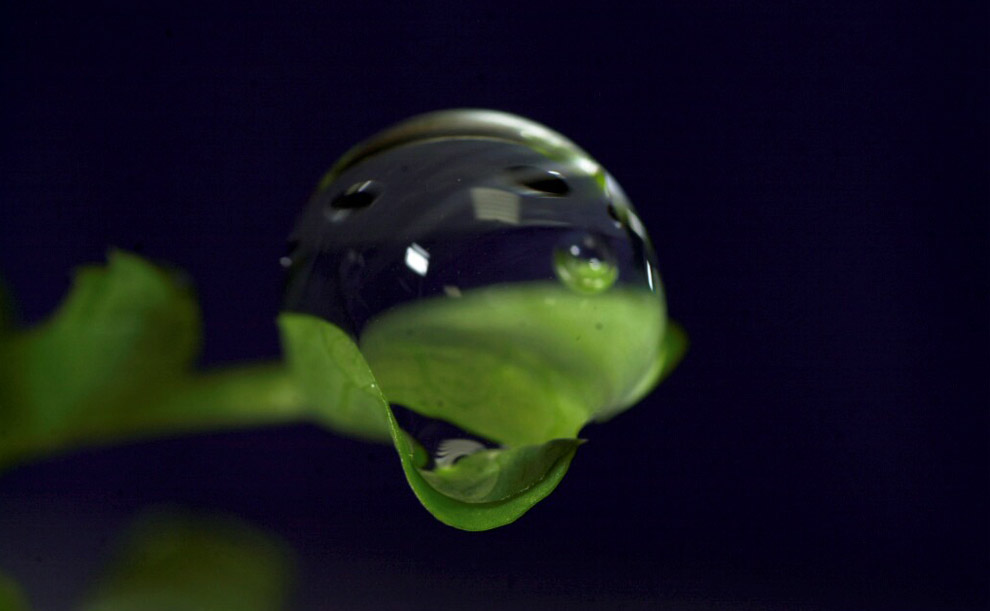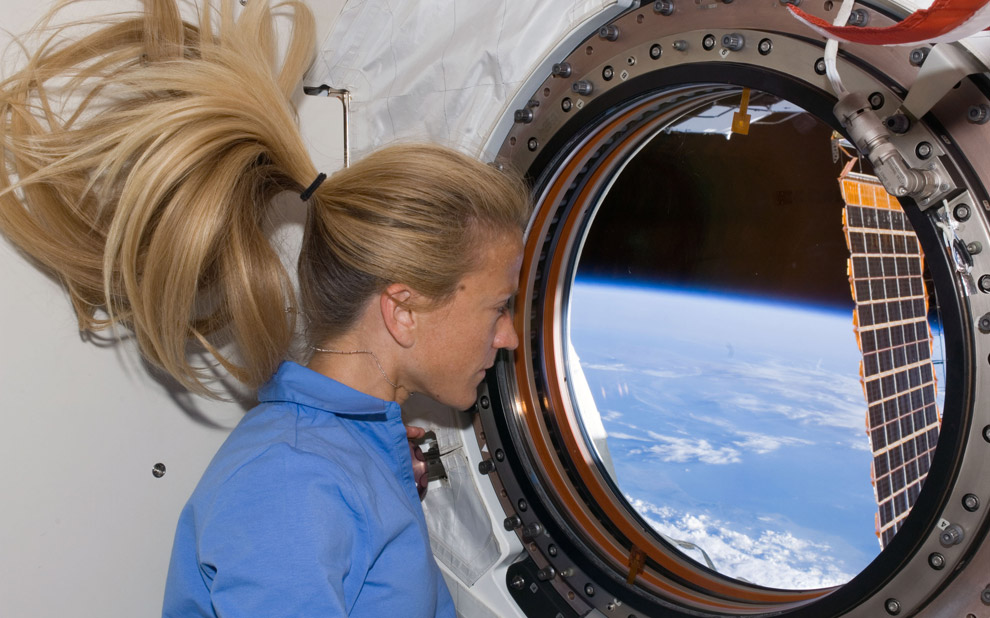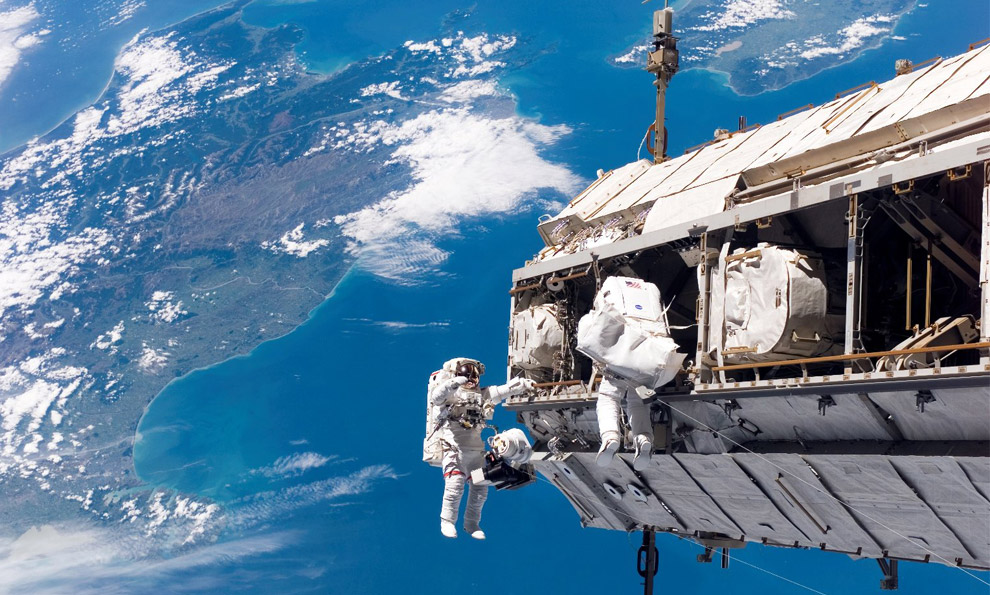Wednesday, December 24, 2008
UPDATE: On SEA-ME-WE4 Submarine Cable Repair
Repairs begin on undersea cable A French ship has begun repairing two undersea cables in the
Mediterranean that were severed on Friday, disrupting internet and phone communications.
A robot submarine will locate the ends of the cables on the sea bed and bring them to the surface to be re-connected.
They were cut within 5 minutes of each other, possibly by a trawler net.
Egypt says it has been able to restore most of its communications by re-routing services, but other parts of the Middle East remain badly affected.
Experts have warned that it may be days before the fault is fixed and that the knock-on effect could have serious repercussions on regional economies. Lengthy process
Experts from France Telecom Marine arrived at the site of the damage to the SEA-ME-WE4 and SEA-ME-WE3 lines onboard the cable ship, Raymond Croze, at 1330 GMT on Sunday, spokesman Louis-Michel Aymard said.
They then sent a remotely-operated submarine robot called "Hector" to the sea bed to begin the search for the two ends of each line.
It is unclear how long repairs will take, as a ship could have dragged the cables several kilometres from their normal positions.
Once located, the cable ends will be brought to the surface by the robot and repairs will be carried out in a special facility on the ship - a process that could take days.
"We have to fix the cable fibre by fibre, and it's a very huge cable," Mr Aymard told the Associated Press.
France Telecom said it expected to repair SEA-ME-WE4 by 25 December and SEA-ME-WE3 by the end of the year.
A third line, operated by FLAG Telecom, was also cut and will be repaired by another ship.
In January the same line was damaged off Egypt's Mediterranean coast, severely disrupting internet and phone communications for many in the Middle East for days, although only two lines were snapped then.
A few hours before the three lines were cut, a suspected sub-sea earthquake damaged a local GO cable to Malta, severely disrupting communications to the island.
Story from BBC NEWS:
http://news.bbc.co.uk/go/pr/fr/-/2/hi/technology/7795320.stm
Early Results from Largest Ever Cellphone Cancer Study Are Horribly Depressing
Last Call?

Nearly five decades ago, Americans learned that one of their most treasured habits—smoking—was lethal. This year, we could get more scary news, when scientists announce the results from Interphone, the largest-ever study to investigate whether cellphones cause cancer.
Interphone researchers are pooling and analyzing the results gathered from studies on 6,400 tumors sampled from patients in 13 countries. If the final results mirror the preliminary ones, the world’s three billion cellphone users might want to dial back their talk time. Israeli researchers participating in Interphone found that people who use cellphones regularly are 50 percent more likely than non-users to develop brain tumors. And a joint Interphone analysis from the U.K., Denmark, Norway, Sweden and Finland reported a 40 percent increase in tumor risk in people who use cellphones for more than a decade; the study found no discernable risk for people who have used cellphones for fewer than 10 years.
No one yet knows specifically how cellphones could cause cancer. The radiation they emit has too little energy to cause genetic damage, but some scientists believe that it may have indirect effects that cause cells to proliferate uncontrollably. But there’s no consensus on these theories.
Scientists like David Carpenter, the director of the Institute for Health and the Environment at the University of Albany, who spoke about cellphone risks at a Congressional subcommittee hearing in September, are looking to Interphone for a definitive ruling on cellphone safety but have expressed frustration over the two-years-delayed results.
An answer from Interphone is crucial for public health, Carpenter says. Although a handful of studies have been published on cellphones over the past few years, most have been statistically useless. For one thing, they surveyed too few people. Additionally, the majority of studies focused on the effects of cellphone use after several years, but in most cases brain cancer takes a decade to develop. Interphone looks at the influence of both short- and long-term use. That’s not to say that the study is perfect. Interphone defines “regular” use as one call, once a week. It’s possible that this definition underestimates the risk to people who use cellphones more frequently.
And what happens if Interphone reveals a definite link between cellphones and cancer? Will we find ourselves dependent on land lines again? Unlikely. The technology is probably here to stay, says Siegal Sadetzki, who ran the Israeli Interphone study: “We know that there are car accidents, and we still use vehicles, right? We’ve just learned how to do it wisely.”
Monday, December 22, 2008
New cable cut compounds net woes
 The first cut caused widespread disruption to net services |
The Falcon cable, owned by a firm which operates another damaged cable, led to a "critical" telecom breakdown, according to one local official.
The cause of the latest break has not been confirmed but a repair ship has been deployed, said owner Flag Telecom.
The earlier break disrupted service in Egypt, the Middle East and India.
"The situation is critical for us in terms of congestion," Omar Sultan, chief executive of Dubai's ISP DU, told The Associated Press, following the most recent break.
Wednesday's incident caused disruption to 70% of the nationwide internet network in Egypt on Wednesday, while India suffered up to 60% disruption.
Flag Telecom said a repair ship was expected to arrive at the site of the first break - 8.3km from Alexandria in Egypt - on 5 February, with repair work expected to take a week.
A repair ship deployed to the second break - 56km from Dubai - was expected to arrive at the site in the "next few days", the firm said.
Web returns
The first cable - the Fiber-Optic Link Around the Globe (FLAG) - was cut at 0800 on 30 January, the firm said.
![]()

2,4 Stranded steel armour wires
3,5 Tar-soaked nylon yarn
6 Polycarbonate insulator
7 Copper sheath
8 Protective core
9 Optical fibres
Not to scale
A second cable thought to lie alongside it - SEA-ME-WE 4, or the South East Asia-Middle East-West Europe 4 cable - was also split.
FLAG is a 28,000km (17,400 mile) long submarine communications cable that links Australia and Japan with Europe via India and the Middle East.
SEA-ME-WE 4 is a submarine cable linking South East Asia to Europe via the Indian subcontinent and the Middle East.
The two cable cuts meant that the only cable in service connecting Europe to the Middle East via Egypt was the older Sea-M-We 3 system, according to research firm TeleGeography.
The firm said the cuts reduced the amount of available capacity on the stretch of network between India and Europe by 75% percent.
As a result, carriers in Egypt and the Middle East re-routed their European traffic around the globe, through South East Asia and across the Pacific and Atlantic oceans.
The cause of the break has still not been confirmed. Initial reports suggested that it could have been snapped by a ship's anchor.
But Egypt's communications ministry said damage to the cables in the Mediterranean was not caused by ships.
The transport ministry said that footage recorded by onshore video cameras of the location of the cables showed no maritime traffic in the area when the cables were damaged.
"The ministry's maritime transport committee reviewed footage covering the period of 12 hours before and 12 hours after the cables were cut and no ships sailed the area," a statement said.
Internet service providers said they expected India's to be back to about 80% of its usual speed by the end of Friday.
In Egypt Minister of Communications and Information Technology Tarek Kamil said he expected to be at the same capacity within two days.
"However, it's not before ten days until the internet service returns to its normal performance," Kamil told the state Al-Ahram newspaper.Undersea Cables Cut; 14 Countries Lose Web -- Updated
Reports from the Mediterranean indicate that two of the undersea cables severed and repaired earlier this year have been cut again, disrupting internet access and phone service between the Middle East, Europe, and parts of Asia. An additional third cable is down in the same region.
The cuts are causing traffic to be re-routed through the United States and elsewhere.
Egypt's communications ministry tells the Associated Press that the outage has almost completely killed internet services throughout Egypt.
A second report indicates that the three cables that are out include the SEA-ME-WE 4 cable (also known as SMW4), which went out at 7:28 a.m. local time Friday morning; SEA-ME-WE 3, which went down at 7:33 a.m.; and the FLAG EA cable, which went out at 8:06 a.m. The cables were cut in the region where they run under the sea between Egypt and Italy. They carry an estimated 90 percent of all data traffic between Europe and the Middle East. SMW 3 and SMW 4 are owned by groups of phone companies; FLAG is owned by Reliance Globalcom.
The SMW 4 and FLAG cables were among five undersea cables damaged earlier this year in January and February in the Mediterranean, launching a flurry of conspiracy theories before investigations revealed that at least one of the cuts was caused by a ship's anchor. When those cables went down, SMW 3 was used to re-route traffic. But this time, SMW 3 is reportedly involved in the outage as well.
A France Telecom report listed 14 countries affected by the current problem. The Maldives are 100 percent down, followed by India, which has 82 percent disruption. Qatar, Djibouti and the United Arab Emirates were the next most widely affected areas with about 70 percent service interrupted. Disruptions for Saudi Arabia, Egypt and Pakistan range from 51 percent to 55 percent.
UPDATE: As reader Julian Borg Barthet notes in the comments section, a fourth undersea cable went out Thursday evening in the same region. The cable, the Seabone, is operated by GO and runs between Malta and Sicily. According to the Times of Malta, GO transferred traffic to a second cable operated by Vodafone. It was the second time in four months that the Seabone cable had failed.

Third undersea cable cut in Middle East
By Hiral Vora
MUMBAI (Reuters) - A third undersea cable was cut on Friday, just two days after two breaks near Egypt disrupted Web access in parts of the Middle East and Asia, Indian-owned cable network operator FLAG Telecom said.
Egypt lost more than half its Internet capacity because of Wednesday's breaks and intends to seek compensation, its ministry of communications said in a news release.
India's booming outsourcing industry, which provides a range of back-office services, like insurance claims processing and customer support to overseas clients over the Internet, played down Wednesday's disruption, saying they had used back-up plans.
FLAG, a wholly-owned subsidiary of India's number two mobile operator Reliance Communications, said on its Web site on Friday its FALCON cable had been reported cut at 0559 GMT, 56 kms (35 miles) from Dubai, between the United Arab Emirates and Oman.
Egyptian telecom authorities said about 55 percent of the country's Internet capacity had been restored by Friday, thanks to rerouting of traffic.
Egypt is to ask FLAG and SEA-ME-WE to compensate its Internet and call centre companies.
The communications minister, Tarek Kamel, has also decided to make Egypt's Internet Service Providers and Telecom Egypt compensate all their Internet subscribers by providing them with a month's subscription free of charge.
The International Cable Protection Committee, an association of 86 submarine cable operators dedicated to safeguarding undersea cables, has declined to speculate on the cause of the breaches, saying investigations were underway.
It said more than 95 percent of transoceanic telecoms and data traffic are carried by undersea, the rest by satellite.
REPAIRS
"The repair ship has been notified and expected to arrive at the (Dubai) site in (the) next few days," FLAG said.
The Internet Service Providers' Association of India said cable repair ships had already been sent to fix the breaches off northern Egypt, which are in segments of two intercontinental cables known as SEA-ME-WE-4 and FLAG Europe-Asia.
FLAG said these repairs should start by Feb. 5 and be complete after one week.
Rajesh Chharia, president of the Internet Service Providers' Association, said all of FLAG's traffic had now been shifted to the SEA-ME-WE-3 cable network.
FLAG's rival, Indian Internet service provider Videsh Sanchar Nigam Ltd (VSNL), said the majority of its Internet services to the Middle East and North Africa had been restored within 24 hours, as had services to India.
VSNL said in a statement it had used the SEA-ME-WE-3, SEA-WE-ME-4 eastbound and TIC cable to reroute customer traffic.
U.S. phone companies Verizon Communications Inc and AT&T Inc both use the cables which were affected on Wednesday. AT&T said on Thursday its networks were already back to normal as it had rerouted traffic and Verizon expected service to be restored for all its customers within days.
One of the biggest disruptions of modern telecoms systems was in December 2006, when a magnitude 7.1 earthquake broke nine submarine cables between Taiwan and the Philippines, cutting connections between southeast Asia and the rest of the world.
Internet links were thrown out in China, Hong Kong, Singapore, Taiwan, Japan and the Philippines, disrupting the activities of banks, airlines and all kinds of email users.
Traffic was rerouted through other cables, but it took 49 days to restore full capacity.
Mediterranean Submarine Cables Cut
From: dailywirless.orgTwo separate oceanic cable systems in the far East were severed around 0800 hrs GMT on January 30 2008, greatly impacting both Internet and voice traffic to the region. A third cable was cut at 0559 hrs GMT on February 1 2008. Omar Sultan, chief executive of Dubai’s IPS DU, said the incident was “very unusual.” He said it wasn’t known how the underwater FLAG FALCON cable, stretching between the United Arab Emirates and Oman, had been damaged.
The broken submarine cables (global map) are operated by Flag Telecom, a subsidiary of Reliance Communications, and SEA-ME-WEA 4, run by a consortium of 16 telecommunications companies. Repair time may be measured in weeks, not days, says the Renesys Blog. VSNL restored Internet Services within 24 hours by going around the world — the long way — but it has snarled Internet and phone traffic from Egypt to India. Google News and Blog Runner have the latest news.
The countries highlighted in red (above) are those whose Internet connectivity is being disrupted the most by this event. As you can see, there are several cable systems that connect Europe, the Middle East and Asia, via the Suez Canal.
According to Bloomberg, six ships were diverted from Alexandria port because of bad weather, and one may have severed the cables with an anchor, said a spokesman for Flag Telecom Group.
 The FLAG cut (pdf) is reported to have taken place 8.3 kilometers (5.2 miles) from Alexandria beach in northern Egypt. Flag (for Fiber-optic Link Around the Globe), runs from Britain to Japan.
The FLAG cut (pdf) is reported to have taken place 8.3 kilometers (5.2 miles) from Alexandria beach in northern Egypt. Flag (for Fiber-optic Link Around the Globe), runs from Britain to Japan.
FLAG, a wholly-owned subsidiary of India’s No. 2 mobile operator Reliance Communications, was cut (pdf) around 0800 hrs GMT on January 30, on a segment between Egypt and Italy.
Another submarine Internet cable owned by Flag Telecom — Falcon — was cut on February 1 at 6 a.m. GMT, at a location 56 kilometers from Dubai, on a segment between UAE and Oman. Falcon (wikipedia) has a maximum capacity of 2.56 Tbps, with initial launch at 90 Gbps. The four fibre pair links the Gulf to Egypt and India.
In Cairo, much of the capital city was without access to the Internet for the bulk of the day, frustrating businesses and the professions. “It’s a national disaster,” said Joseph Metry, network supervisor at Orascom Telecom Holding SAE, the biggest mobile- phone company in the Middle East and North Africa. New financial hubs like Dubai has increased traffic on many of these cables.
The South East Asia-Middle East-West Europe 4 (SEA-ME-WE 4) cable, has 17 landing points. The SEA-ME-WEA 4 cable was damaged in the waters off Marseille, France, reports C/Net shortly after the first cut on FLAG. The two cables, which are separately managed and operated, were damaged within hours of each other.
How is it that Flag Telecom, Falcon, and SEA-ME-WEA 4 cables (above and below) were severed within hours of each other, although Marseille, France and Alexandria, Egypt, are hundreds of miles apart? At this point, details are sketchy and the cause is still unclear.
VSNL has a terrific interactive global cable map (above), while the SEA-ME-WEA 4 map (below) shows the distance to France. VSNL, the Indian telecom giant, bought Tyco’s 6 Terabit transpacific cable for a relative song in 2004. Now they planning a new TGN-Intra Asia submarine cable linking Singapore, Hong Kong, and Japan with an additional connection to the Philippines, and potentially Vietnam. At least five new submarine systems will run through the Middle East and provide additional connectivity to Europe and Asia says Light Reading.
The International Cable Protection Committee, an association of 86 submarine cable operators dedicated to safeguarding submarine cables, says more than 95 percent of transoceanic telecoms and data traffic are carried by submarine cables, and the rest by satellite. Communications satellites generally have something like 500MHz of spectrum dedicated for upstream and 500Mhz dedicated for downstream — not much more than a typical consumer cable television system. Fiber can carry thousands of times that capacity.
On 26th December, 2006, a powerful earthquake shook the seabed off southern Taiwan (pdf).
 The magnitude 7.1 earthquake was followed by one of the largest disruptions of modern telecommunications history.
The magnitude 7.1 earthquake was followed by one of the largest disruptions of modern telecommunications history.
Nine submarine cables in the Strait of Luzon, between Taiwan and the Philippines, were broken thus disabling vital connections between SE Asia and the rest of the world. China Telecom reported that several international submarine communications cables had been broken, including:
- CUCN and SMW3, which was damaged at December 26, 2006 20:25 UTC+8 approximately 9.7 km away from landing point in Fangshan, Pingtung County, Taiwan;
- APCN 2 S3, which was damaged at December 27, 2006 02:00 UTC+8 approximately 2100 km away from landing point in Chongming, Shanghai, China;
- APCN 2 S7, which was damaged at December 27, 2006 00:06 UTC+8 approximately 904 km away from landing point in Tanshui, Taipei County, Taiwan;
- FLAG Europe Asia, the segment between Hong Kong and Shanghai was broken at December 27, 2006 04:56 UTC+8;
- FLAG North Asia Loop, the segment between Hong Kong and Pusan was broken at December 26, 2006 20:43 UTC+8, severely damaging the communications within the Asia-Pacific region and with the United States and Europe.
 By the end of 2007, 25 oceanic fiber contracts totaling 112,000 route-kilometers were awarded.
By the end of 2007, 25 oceanic fiber contracts totaling 112,000 route-kilometers were awarded.
Cable ships can’t just drop everything in the middle of a job. Both of Portland’s cable ships, the Tyco Durable and Global Sentinel, are expected to have plenty of work throughout the Pacific as the telecom industry rebounds. Here are Research Ship Schedules. The nearest research vessel looks like the Poseidon. It carries the manned submersible JAGO, and the autonomous ROV Kiel 6000.
Tuesday, November 25, 2008
The International Space Station Celebrates Its 10th Birthday
The International Space Station turns 10
